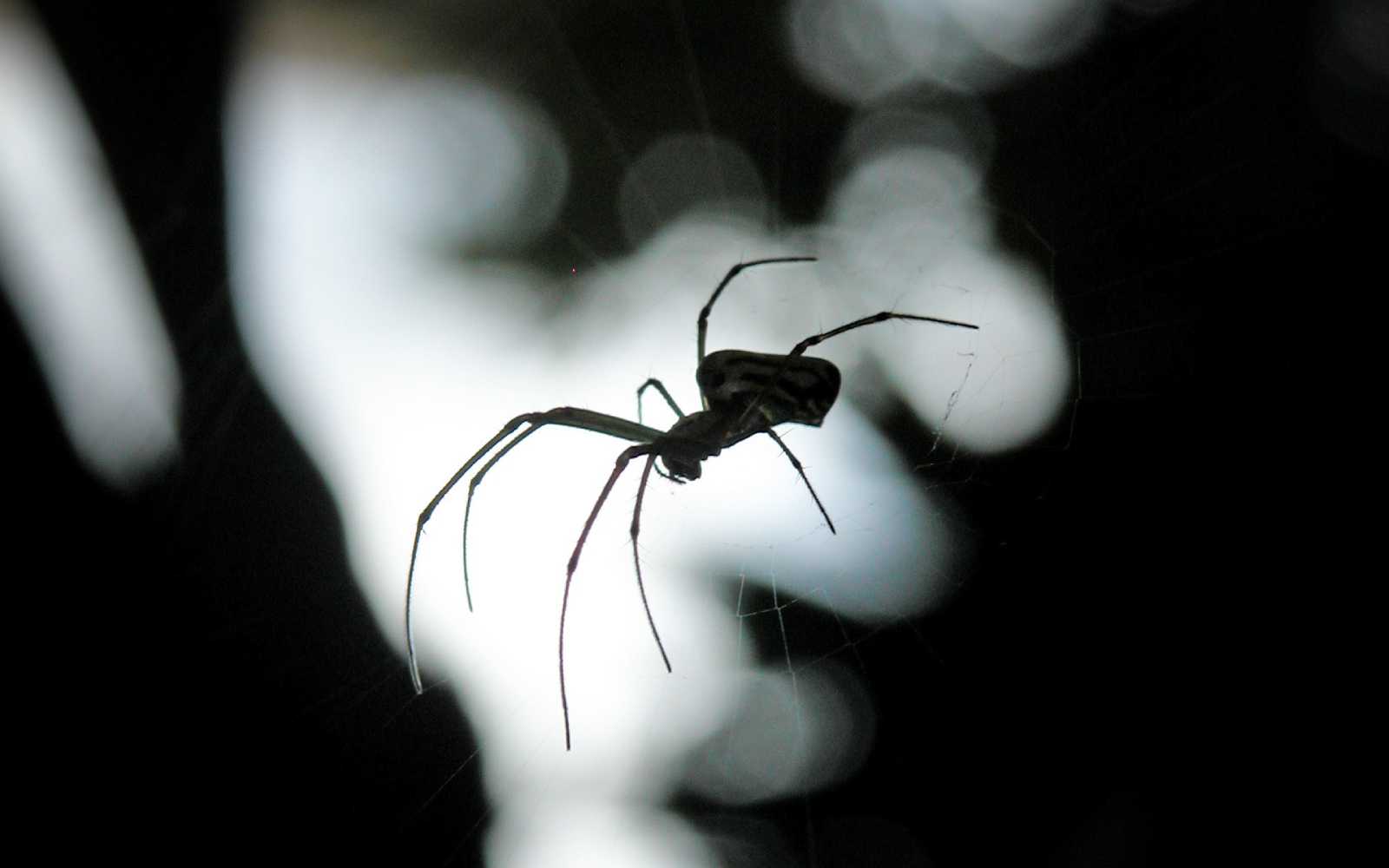Spiders (order Araneae) are air-breathing arthropods that have eight legs, chelicerae with fangs generally able to inject venom,[2] and spinnerets that extrude silk.[3] They are the largest order of arachnids and rank seventh in total species diversity among all orders of organisms.[4][5] Spiders are found worldwide on every continent except for Antarctica, and have become established in nearly every land habitat. As of August 2022, 50,356 spider species in 132 families have been recorded by taxonomists.[1] However, there has been debate among scientists about how families should be classified, with over 20 different classifications proposed since 1900.[6]
Anatomically, spiders (as with all arachnids) differ from other arthropods in that the usual body segments are fused into two tagmata, the cephalothorax or prosoma, and the opisthosoma, or abdomen, and joined by a small, cylindrical pedicel, however, as there is currently neither paleontological nor embryological evidence that spiders ever had a separate thorax-like division, there exists an argument against the validity of the term cephalothorax, which means fused cephalon (head) and the thorax. Similarly, arguments can be formed against use of the term abdomen, as the opisthosoma of all spiders contains a heart and respiratory organs, organs atypical of an abdomen.[7]
Unlike insects, spiders do not have antennae. In all except the most primitive group, the Mesothelae, spiders have the most centralized nervous systems of all arthropods, as all their ganglia are fused into one mass in the cephalothorax. Unlike most arthropods, spiders have no extensor muscles in their limbs and instead extend them by hydraulic pressure.
6 STEP TO HELP YOU WITH spiders
- Spiders are able to keep their bellies high off the ground because of their long legs, so chemical sprays are often ineffective. Also, spiders don’t use their mouths to groom themselves as ants and roaches do, so chemicals can’t be transferred this way. Instead, it’s best to have direct contact with a spider by spraying them directly on the body.
- If there is a crack that spiders come in and out of, you can spray this. Because the space is smaller, the chemicals are likely to touch the spider’s body and cause them to die.
- Even though spiders won’t munch on human food, they do eat other pests who might be eating your scraps. Reduce food sources around the home by wiping up crumbs, washing counters and keeping food sealed. This will keep other insects out of your home, and in turn, spiders too.
Insects and bugs enter homes through cracks and crevices, tears in the screens, etc. Take some time to seal gaps, fix broken screens and repairing leaks. All of this will limit food sources for spiders.
If there are areas in the home that are especially prone to spiders, such as your basement, you can use glue traps. Place glue traps in dark, quiet areas, such as by baseboards and near beds.
Keep your home clean by vacuuming on a regular basis. Use the hose on baseboards, window frames and door frames. The vacuum will suck up spider webs, egg sacs and living spiders.

Inspect



